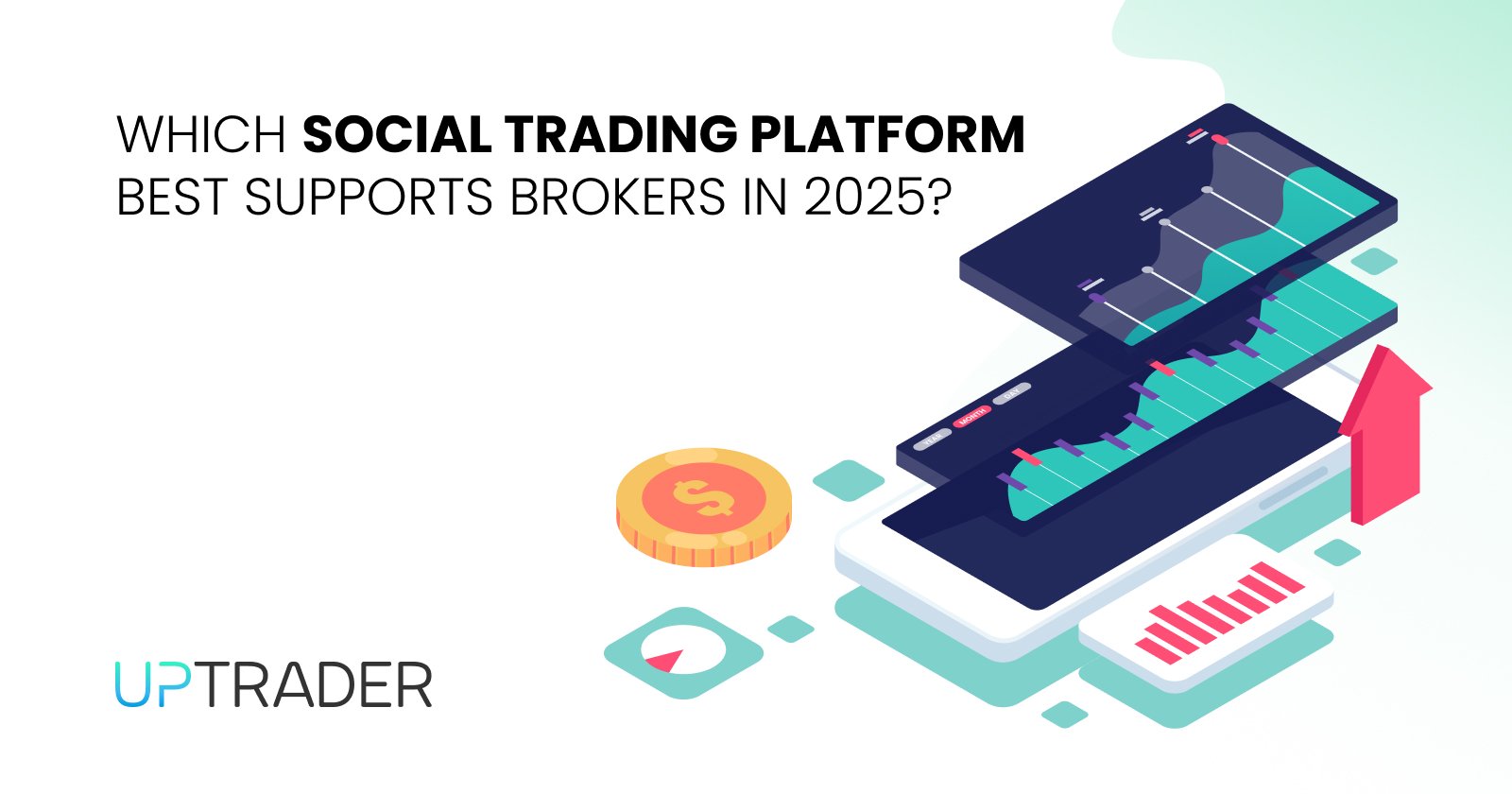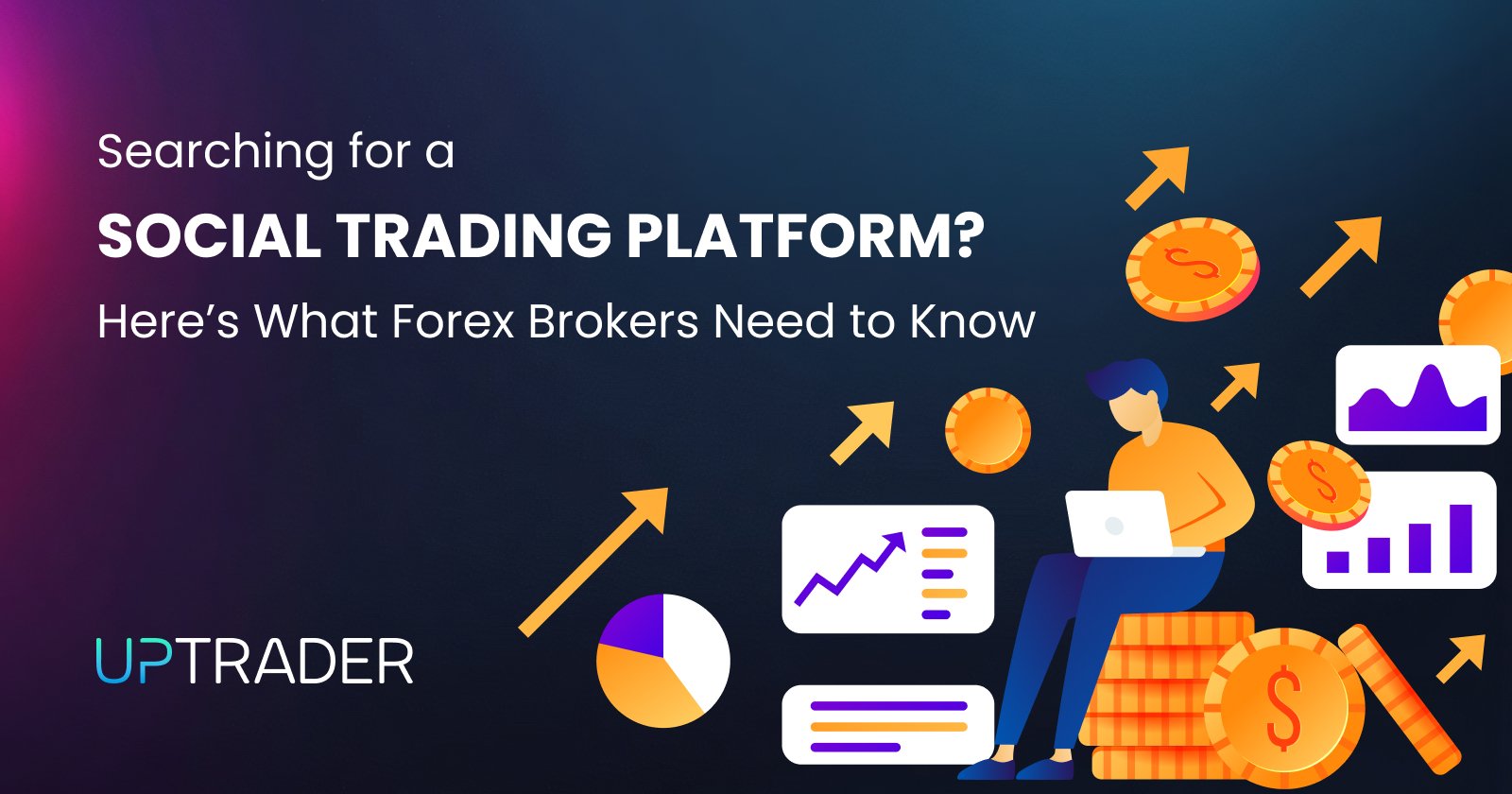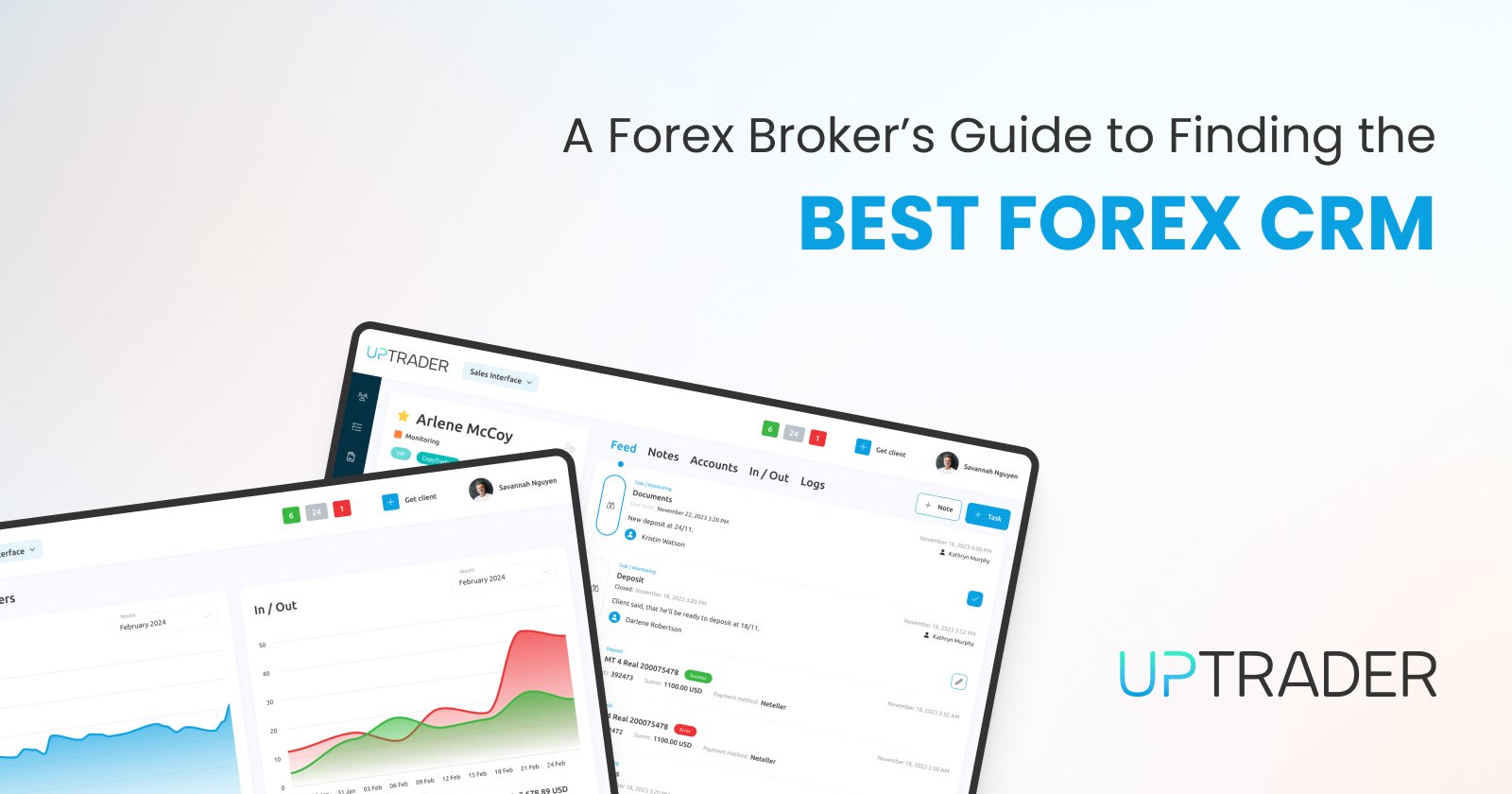Which Social Trading Platform Best Supports Brokers in 2025?

Share this publication:
You want a social trading platform that grows client acquisition, increases trading volume, and plugs smoothly into your operations — without creating months of integration pain. In 2025 the landscape is mature but diverse: some vendors offer turnkey, broker-facing products you can license and white-label; others are marketplaces that simply route clients. Below we’ll walk you through the platforms that matter, the exact criteria you should use to evaluate them, and a practical recommendation for the kind of broker you are.
What Brokers Really Need From a Social Trading Platform in 2025
Don’t get distracted by flashy UIs. As a broker your priorities are straightforward: reliable connectivity to your back-office and execution stack, configurable risk controls, compliant audit trails, transparent fees and incentives, and an experience that helps you acquire and retain active traders.
You also want a partner that supports the tech stack you already use — TP4/TP5, MatchTrader, or a proprietary platform — and provides commercial models that work for your margins (integration fees, revenue share, subscription). The platforms below were chosen for their broker-focused feature sets and market credibility in 2025.
The Social Trading Platforms To Consider
UpTrader — all-in-one broker-friendly stack
If you want a white-label-ready, broker-oriented solution that bundles CRM, back office, and copy-trading into one package, start with UpTrader. Their UpTrader CRM and UpTrader Invest copy trading modules are built specifically for brokers (TP4/TP5 and other common stacks), offer white-label options, integrated payment and IB systems, and aim for fast time-to-market — making them a strong first choice if you want tight operational control and minimal engineering lift.
Visit UpTrader here and talk to a consultant today!
ZuluTrade — broad marketplace reach and broker integrations
ZuluTrade remains one of the largest copy-trading marketplaces and explicitly supports broker integrations so you can offer marketplace liquidity and strategy providers without forcing account transfers. Good when you want quick access to an existing audience.
eToro — UX and consumer social model to learn from
eToro’s CopyTrader is the benchmark for consumer social trading UX. It’s not typically white-label, but it defines the social features (feed, leaderboards, transparent stats) you’ll want to replicate if you’re competing in retail.
DupliTrade — curated strategies for TP4 shops
DupliTrade focuses on TP4 broker partnerships and offers curated strategy lists and performance tracking — useful if you want tight curation rather than an open marketplace.
Myfxbook AutoTrade — analytics + verified performance
Myfxbook adds analytics credibility and a copy layer (AutoTrade). Use it when verified performance metrics and third-party transparency are central to your pitch.
NAGA, PrimeXBT Covesting and other vertical players
Platforms like NAGA and Covesting offer unified mobile/web social experiences with multi-asset and crypto features — attractive for brokers targeting crypto-centric retail audiences, but verify custody/KYC/regulatory compatibility first.
How to Evaluate — The 8 Decision Criteria That Matter
- Integration friction — Can the platform connect to your matching/aggregation engines, OMS, and back office with minimal rework? Ask for sample FIX logs, connector docs, and a migration runbook. Platforms like ZuluTrade publish broker integration paths.
- Platform ownership and white-labeling — Is this a marketplace you drive traffic to, or can you license/white-label the whole experience? Marketplaces (ZuluTrade, eToro-style) prioritize reach.
- Risk controls and compliance — You must be able to enforce pre-trade and post-trade limits, KYC/AML, and reporting. Check that the vendor exposes the controls you need and that audit logs are exportable.
- Client acquisition features — Social feeds, leaderboards, in-platform content, and copy-pricing models drive user growth. If you want network effects, choose a solution with strong social UX or a marketplace partner that brings its own audience. eToro and NAGA lead here.
- Fees and commercial model — Upfront license vs revenue share vs subscription: model the economics for your expected AUM and volume. Some platforms (e.g., ZuluTrade) provide mixed models; others require licensing. Always get sample revenue projections.
- Transparency and analytics — Verified track records, third-party analytics, and leader performance metrics reduce reputational risk. Myfxbook’s analytics background is an advantage here.
- Latency and execution control — For pure copy systems this matters less; for high-frequency strategy copying it’s critical. If you run market-making or latency-sensitive execution, insist on raw latency figures and a PoC. (Vendor performance pages and SLAs should back claims.)
- Support & roadmap — See how transparent roadmaps and support SLAs are, especially for 24/7 trading. Certainty in vendor stability and tech is a must.
Recommendations by Broker Profile
- Retail brokers with TP4/TP5 customers: For retail brokers with TP4/TP5 customers, the easiest route is DupliTrade. This is easy to integrate and cut training requirements as MT infrastructures are already in place.
- Brokers that want a marketplace/audience fast: Evaluate ZuluTrade or partner with larger marketplaces. They will be able to rapidly connect users with strategy providers, but revenue-share models are to be expected.
- Brokers targeting crypto or multi-asset social traders: Brokers targeting crypto or multi-asset social traders should look into NAGA or Covesting/PrimeXBT partnerships, while also validating how custody, regulatory boundaries, and KYC are handled in your jurisdictions.
- Brokers prioritizing analytics and verified performance: For brokers focusing on analytics and verified performance, credibility for followers is important to cut fraud risk, so ensure you add Myfxbook or a similar analytics layer to your offering.
How to run a short, decisive pilot
Keep the pilot tight: limit it to three months and two core tests — (1) technical integration with real FIX/MT sessions and (2) live risk/failover tests with a small group of traders. Define success metrics (uptime, latency, number of copied trades, retention of copy followers) and require the vendor to give raw logs. If the vendor balks at this level of transparency, treat it as a red flag.
Final Checklist Before you Sign
- Does the platform support your primary trading stack (TP4/TP5/proprietary/other)?
- Are the commercial terms modelled for your break-even AUM/volume?
- Can you export audit logs and enforce compliance rules?
- Did the pilot validate the critical metrics and trader UX?
- Do you have an exit plan and documented data migration path? (This must be contractual.)
Final Thoughts
If you want an integrated, white-labelable broker stack that combines CRM, back office, and copy-trading with marketable broker features and faster integration, UpTrader is a top candidate to evaluate first.
Match the vendor to your stack, go-to-market plan, and regulatory footprint — and run a short PoC focused on connectivity, risk, and UX.
Ready to launch social trading the right way? With UpTrader, you can spin up a demo environment, onboard real strategy providers, and see for yourself how social trading can transform retention, engagement, and growth.
This year, don’t just offer copy trading. Offer a social trading experience that puts your brokerage ahead of the curve.







